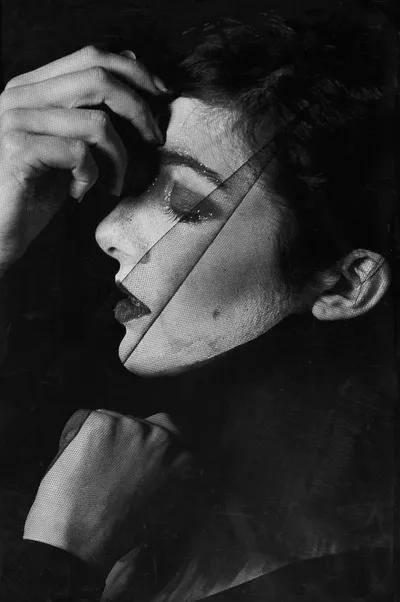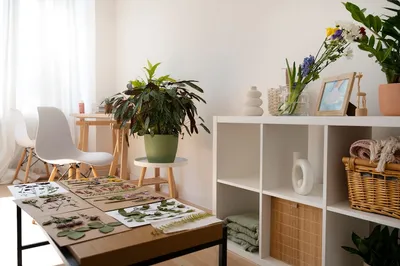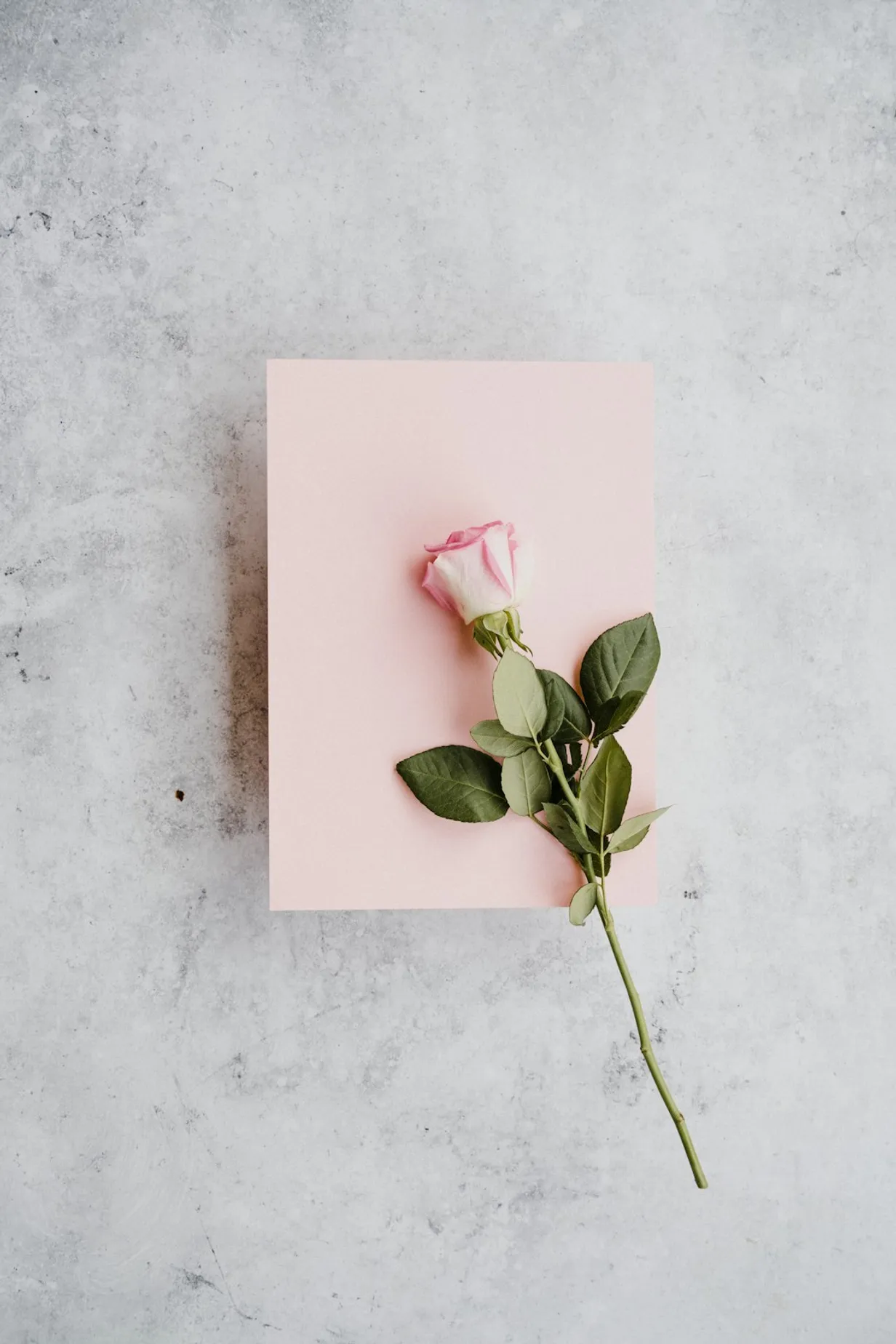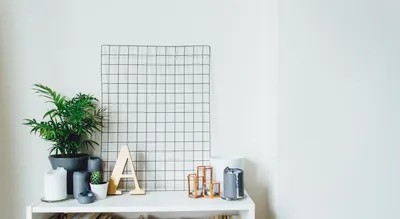Minimalist design is more than just a trend; it's a lifestyle choice that emphasizes clarity, purpose, and serenity. One of the core principles that distinguish minimalist design is the effective use of negative space. While some might see empty spaces as a void to be filled, in minimalist design, these areas are essential for creating balance, focus, and tranquility.
What is Negative Space?
Negative space, often referred to as 'white space,' is the area around and between the subjects of an image or design. It is not just an empty void but a key component that gives definition and balance to the positive space (the primary focus of the design). When used effectively, negative space can enhance visual appeal, improve readability, and convey elegance and simplicity.
Why Negative Space Matters in Minimalist Design
Creating Visual Balance
One of the primary reasons negative space is so effective in minimalist design is its ability to create visual balance. By allowing your eyes to rest and focus on key elements, negative space reduces visual clutter and helps highlight the importance of each piece of furniture, decor, or element in the space.
Fostering Calm and Tranquility
In our fast-paced world, negative space acts as a breath of fresh air. It provides a sense of calm and tranquility, which is often missing in overly crowded and busy spaces. This serenity is crucial in environments like homes and offices where peace and productivity are essential.
How to Utilize Negative Space in Your Home
Furniture Arrangement
Start by being intentional with your furniture layout. Instead of filling every corner, leave ample space around your pieces. This method not only makes a room feel larger but also directs attention to your carefully selected items.
Wall Art and Décor
When it comes to wall art, less is more. Choose a few impactful pieces and give them room to breathe. Instead of gallery walls filled with numerous frames, opt for one or two significant artworks that encapsulate your style and design ethos.
Color Choices
Neutral and monochromatic color palettes are a staple in minimalist design. They naturally create an environment where negative space can thrive. Utilizing shades of white, gray, beige, and black allows for cohesion and tranquility, helping other design elements to stand out.
Avoiding Common Pitfalls
While negative space is a powerful tool, it's important to avoid some common pitfalls. Too much empty space can sometimes feel cold or uninviting. Striking the right balance between negative and positive space is key. It’s essential to find a harmony that feels spacious yet warm and engaging.
Regular Maintenance
Minimalist spaces require regular maintenance to keep clutter at bay. Adopt a routine to consistently declutter and reassess your space to ensure it remains functional and serene. Only keep items that serve a purpose or bring joy.
Final Thoughts
Mastering the art of negative space in minimalist design is about embracing simplicity and balance. It's about understanding that every element has its place and purpose, contributing to an environment that is both aesthetically pleasing and functionally efficient. By thoughtfully incorporating negative space, you can transform your home or office into a haven of calm and sophistication.
Like our design see our other topics
We have helped find related design topics for you to help your searches at Plain Jane designers

Elegant Minimalist Lighting for a Serene Home

Creating Harmony with Minimalist Home Decor


